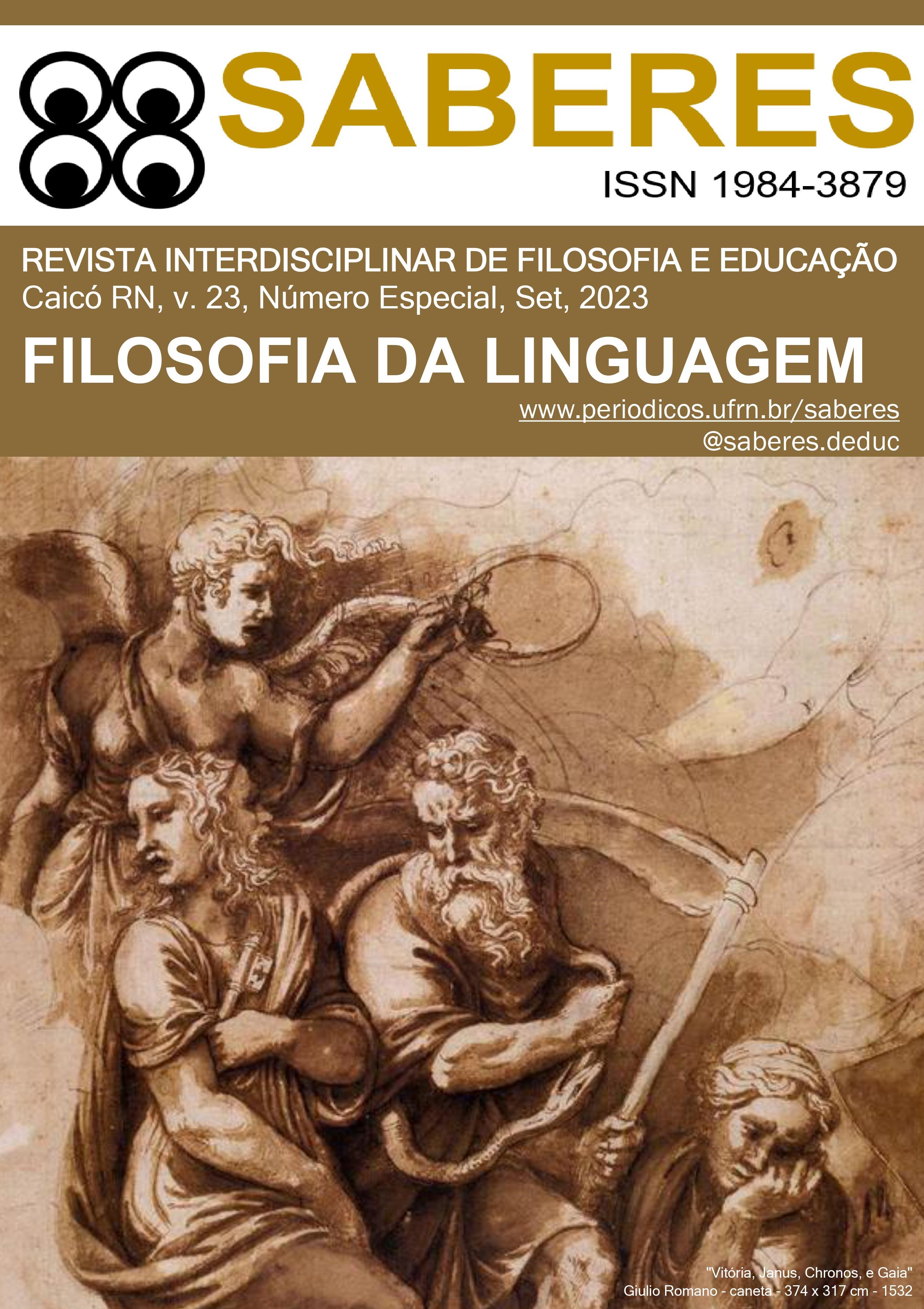INTERACTIVE LEARNING IN GEOGRAPHY: exploring the pedagogical potential of PowerPoint.
EXPLORANDO O POTENCIAL PEDAGÓGICO DO POWERPOINT
DOI:
https://doi.org/10.21680/1984-3879.2023v23n2ID33468Keywords:
Geography Teaching; PowerPoint, digital resource; ICTsAbstract
With the insertion of new technologies and tools in school and teaching contexts, the use of PowerPoint has become quite frequent by teachers to facilitate the presentations of their content in a dynamic and visually more attractive way. It is noticeable, that some teachers are open to the new, and realize that there is a need to keep up with the advances of digital technologies, that can become allies in the teaching-learning process. The objective of this work is to analyze slides produced and used by Geography teachers in the classroom, in order to identify the technological knowledge of these professionals, as to the creation and proper use of the PowerPoint tool, in the quality of its pedagogical potential. Regarding the methodological aspects, we used bibliographic research that supports the PowerPoint tool as a resource that provides functionalities for the use of textual and audiovisual elements. In addition, a documentary research was developed through a sampling of slides selected for analysis with the support of pre-established matrices. PowerPoint is therefore one of the ICTs that can promote more meaningful learning, However, it is necessary that the teacher aligns the technological knowledge and add meaning to the pedagogical principles inherent to his teaching practice.
Downloads
References
BASSO, Ilda; AMARAL, Sergio Ferreira do. Competências e habilidades no uso da linguagem audiovisual interativa sob enfoque educacional. 2006.
BRAGA, Juliana Cristina; MENEZES, Lilian. Objetos de aprendizagem, volume 1: introdução e fundamentos. Juliana Cristina Braga (Org.) Santo André: Editora da UFABC, 2014.
CADENA, Renata; COUTINHO, Solange Galvão. Investigando projeções: critérios para a análise de apresentações digitais de slides. In: Anais [Pôster] do 7º Congresso Internacional de Design da Informação/Proceedings. 2015. p. 1276-1282.
CORRÊA, Juliane. Sociedade da informação, globalização e educação a distância. São
Paulo: SENAC, 2007.
DE MAGALHÃES, Pedro Miguel Moura. Uso do PowerPoint na aula de ELE. 2015.
DE OLIVEIRA, Cláudio. TIC’S na educação: a utilização das tecnologias da informação e comunicação na aprendizagem do aluno. Pedagogia em ação, v. 7, n. 1, 2015.
distância. São Paulo: SENAC, 2007.
DO NASCIMENTO, Roseli Gonçalves; BEZERRA, Fábio Alexandre Silva; HEBERLE, Viviane Maria. Multiletramentos: iniciação à análise de imagens. Revista Linguagem & Ensino, v. 14, n. 2, p. 529-552, 2011.
IMAGENS NO POWERPOINT, As. Importa-se de repetir…?. Studies in Communication Sciences, v. 7, n. 2, p. 85-98.
LEITE, Werlayne Stuart Soares; RIBEIRO, Carlos Augusto do Nascimento. A inclusão das TICs na educação brasileira: problemas e desafios. 2012.
MARTINS, Felisbela. Ensinar geografia através de imagens: olhares e práticas. Grandes problemáticas do espaço europeu: diversidade territorial e oportunidades de desenvolvimento num cenário de crise, 2014.
MARTINS, Isabel; GOUVÊA, Guaracira; PICCININI, Cláudia. Aprendendo com imagens. Ciência e Cultura, v. 57, n. 4, p. 38-40, 2005.
SIMIONATO, Ana Carolina et al. Representação, acesso, uso e reuso da imagem digital. 2012.
TAROUCO, Liane Margarida Rockenbach. Objetos de Aprendizagem: teoria e prática. Porto Alegre: Evangrat, 2014.
TAVARES, Romero. Aprendizagem significativa, codificação dual e objetos de aprendizagem. Revista Brasileira de informática na Educação, v. 18, n. 02, p. 04, 2010.
Published
Versions
- 25-09-2023 (3)
- 25-09-2023 (2)
- 24-09-2023 (1)
How to Cite
Issue
Section
License
Copyright (c) 2023 Saberes: Revista interdisciplinar de Filosofia e Educação

This work is licensed under a Creative Commons Attribution-NonCommercial-ShareAlike 4.0 International License.
Este obra está licenciado com uma Licença Creative Commons Atribuição 4.0 Internacional.
Autores que publicam nesta revista concordam com os seguintes termos:
a. Autores mantém os direitos autorais e concedem à revista o direito de primeira publicação, com o trabalho simultaneamente licenciado sob a Licença Creative Commons Attribution 4.0 que permite o compartilhamento do trabalho com reconhecimento da autoria e publicação inicial nesta revista.
b. Autores têm autorização para assumir contratos adicionais separadamente, para distribuição não-exclusiva da versão do trabalho publicada nesta revista (ex.: publicar em repositório institucional ou como capítulo de livro), com reconhecimento de autoria e publicação inicial nesta revista.
c. Autores têm permissão para publicar e distribuir seu trabalho online (ex.: em repositórios institucionais ou na sua página pessoal) após a publicação inicial nesta revista, já que isso pode gerar alterações produtivas, bem como aumentar o impacto e a citação do trabalho publicado (Veja O Efeito do Acesso Livre).
Foram feitos todos os esforços para identificar e creditar os detentores de direitos sobre as imagens publicadas. Se tem direitos sobre alguma destas imagens e não foi corretamente identificado, por favor, entre em contato com a revista Saberes e publicaremos a correção num dos próximos números.


 English
English Español (España)
Español (España) Português (Brasil)
Português (Brasil)



